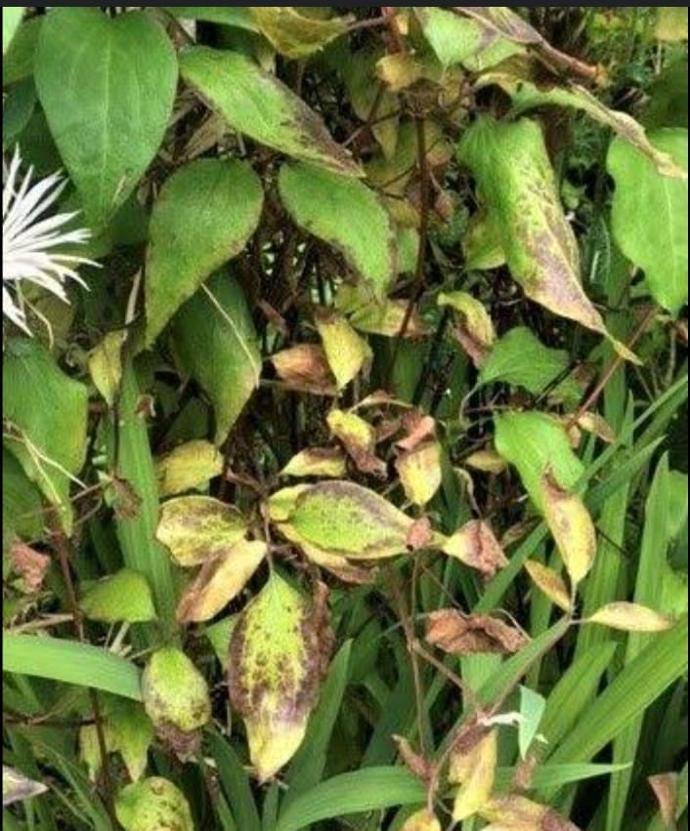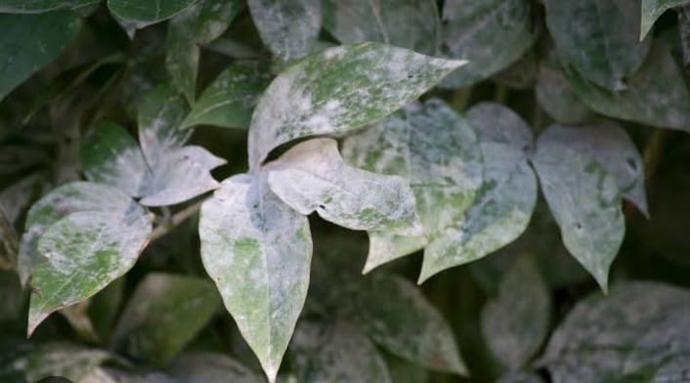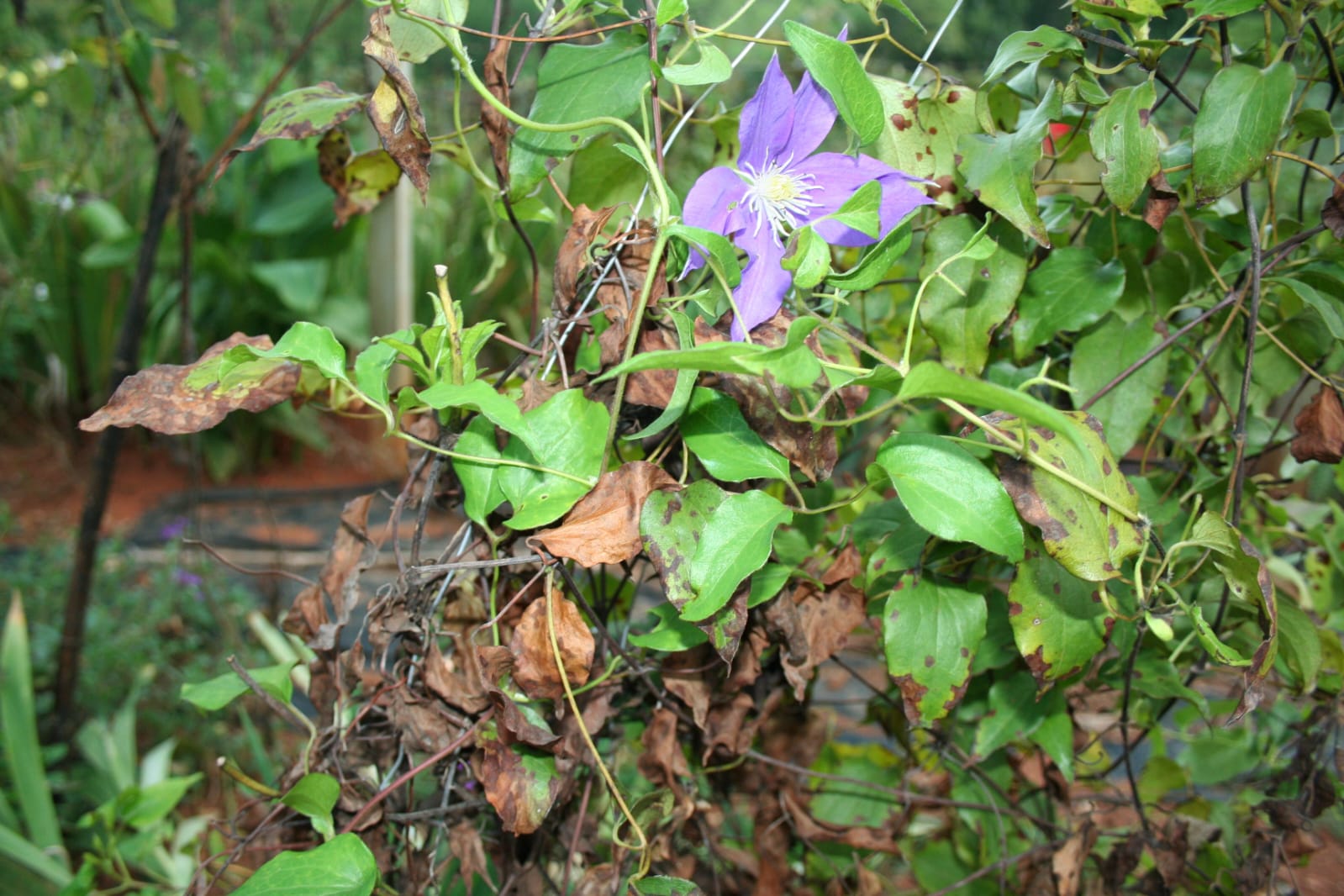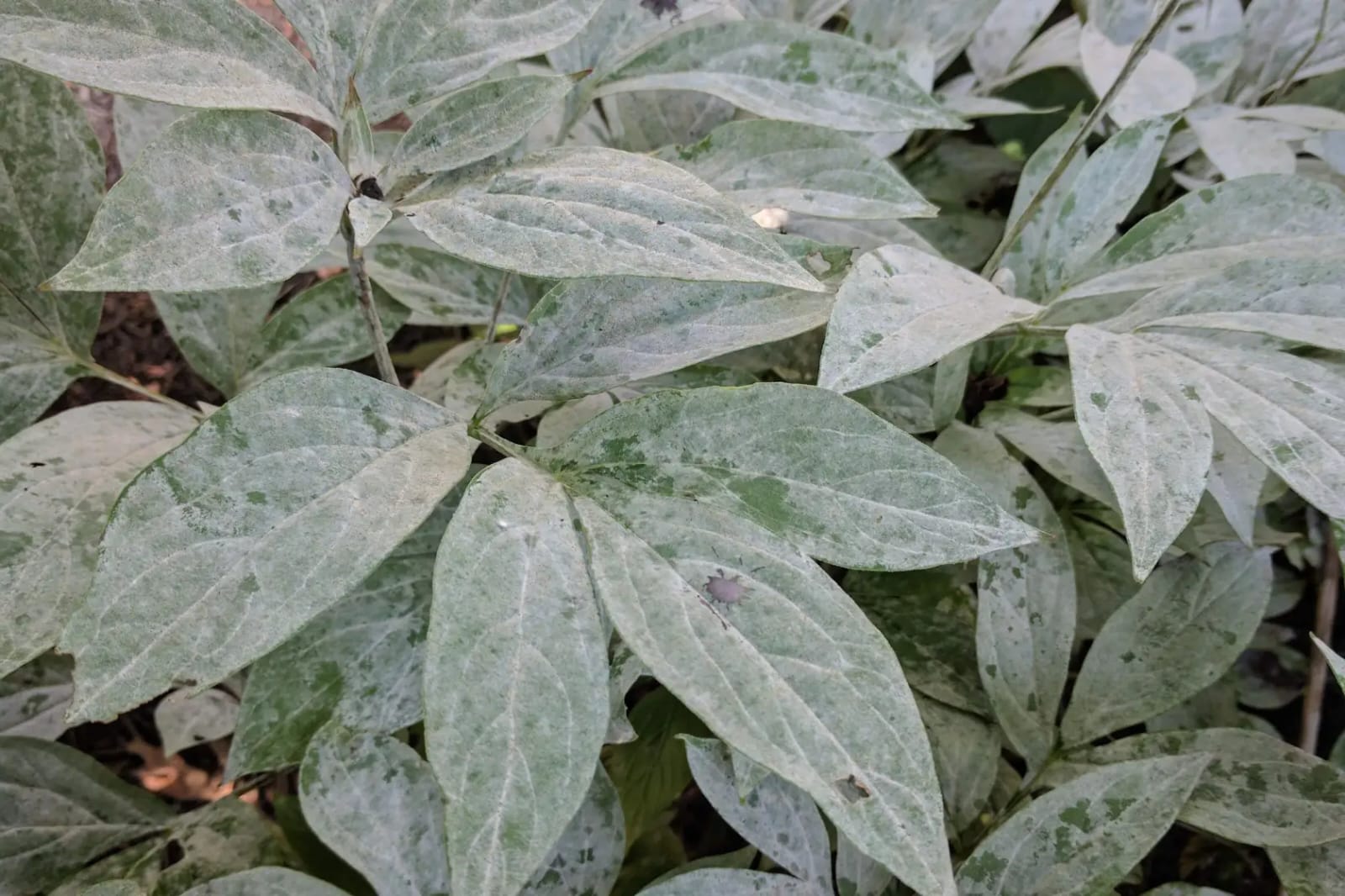Clematis Plant
Clematis is a climbing vine that thrives in well-draining soil and prefers full sun for the base and cooler, shaded roots. Provide support for climbing varieties. Mulching helps retain soil moisture. Pruning varies by species; consult specific care guidelines.
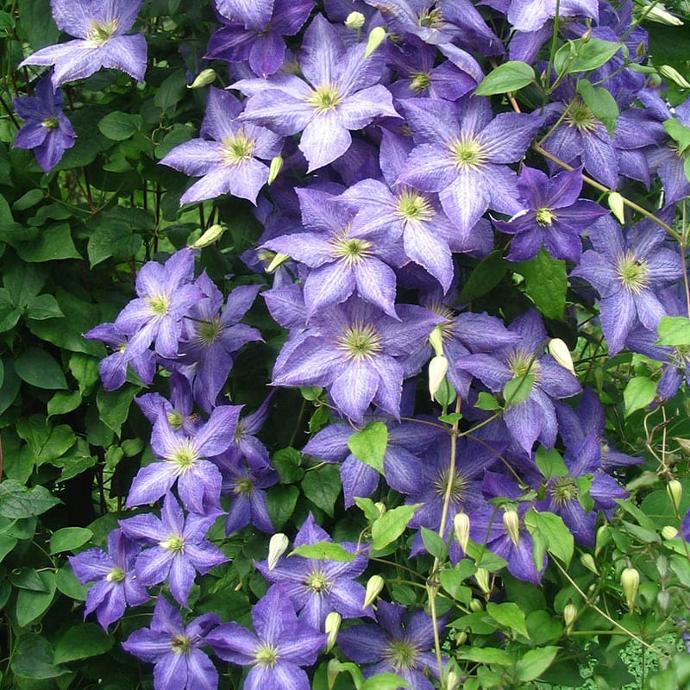
Habit
Climber
Height
1-6 m
Growth
Rapid
Soil
Well Drained, Loamy
Shade
Full Sun to partial shade
Moisture
Moist
Edible
No
Medicinal
No
Origin
Europe, Asia
Climatic Condition
Temperate
Temperature (°)
10-25°C
Humidity (%)
50-80
Potting media
Peat, compost
Fertilizers
Balanced NPK, phosphorus
Watering
Moderate watering
Plant Weight
500-1500 g
Flowering Time
Spring, Summer
Soil Ph level
6.0 - 7.5
Water Ph level
6.0 - 7.5
Soil EC
1-2 dS/m
Yield Per Plant
Ornamental
NPK ratio
10:10:10
life Span
Perennial (10+ years)
Health Benefits
Ornamental climbing plant
Suggested Grow Media or Potting Mix ?
50% loamy soil, 30% compost, 20% sand
Suggested Fertigation/Fertilizers
Fertilize every 6 weeks with a balanced, slow-release fertilizer.
Common Diseases and Remedies
Powdery mildew , root rot , rust .
powdery white coating on the leaves
Neem oil , remove the rotten roots .
HEALTH BENEFITS
· Traditionally used for pain relief, especially in arthritis and migraines.
· Some species have antimicrobial properties.
· Used in homeopathy for urinary tract issues.
What Is An Clematis Tree?
Clematis is a genus of flowering plants that includes a diverse group of climbing plants and shrubs known for their attractive and showy flowers. The Clematis genus has more than 300 species and numerous garden cultivars, making it popular with gardeners. Clematis plants are known for their ability to shade structures such as fences, walls, pergolas, and trellises and add interest to gardens. Clematis flowers vary in color, size, and shape, from single to double blooms.
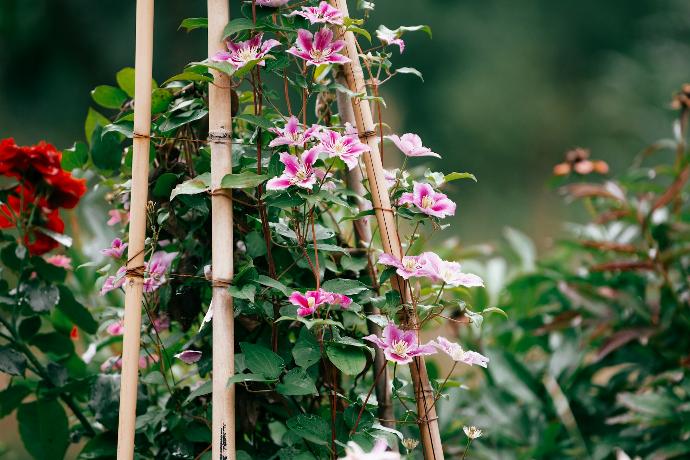
What Are The Different Types Of Clematis Plants?
1. Clematis 'Nellie Moser'
This is a popular large-flowered hybrid clematis with distinctive pale mauve-pink petals and a prominent central stripe of dark pink.
2. Clematis 'Jackmani
'Jackmani' is one of the best known and most widespread cultivars with deep purple to purple flowers and vigorous growth.
3. Clematis 'Henry
This variety is known for its large white flowers with creamy yellow stamens in the center. Bloomer is full of energy and reliable.
4. Clematis 'Rouge Cardinal
This variety has deep red velvety flowers and is prized for its rich color and lush blooms.
5. Clematis 'Ville de Lyon'
Clematis with bright pink flowers and contrasting yellow stamens. "Ville de Lyon" blooms in midsummer.
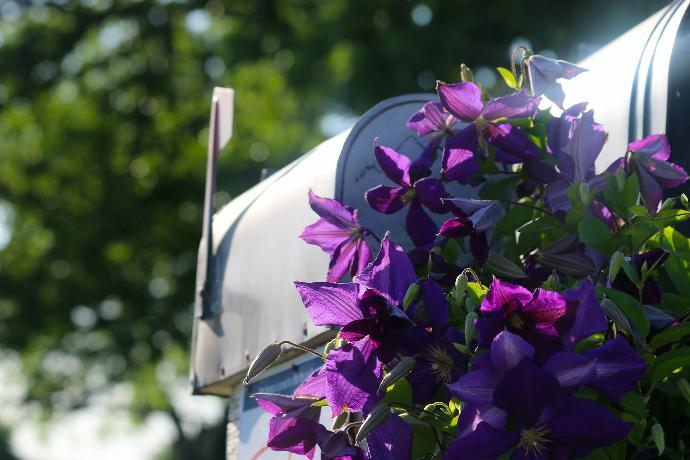
How to care for clematis Plants ?
1. Location
Clematis are climbing plants and are primarily grown outdoors as they benefit from vertical support from structures such as trellises, gazebos and fences. However, certain small or dwarf clematis varieties can be grown in containers or outdoors, such as on a balcony or patio.
2. Sun shine
Most clematis varieties prefer full to partial sun. Make sure it gets at least 6 hours of sunlight per day. Some species, especially those with bright flowers, benefit from partial shade to prevent bleaching.
3. soil
Clematis prefers loamy soil rich in organic matter. Loamy soils have a good balance of sand, silt, and clay, providing both drainage and moisture retention. pH: Aim for a slightly acidic to neutral soil pH in the 6.0 to 7.0 range. Clematis are adaptable to a variety of pH levels, but generally do well in this acidic range.
4. Hydration
Keep the soil moist, especially during dry periods. Mulching around the base of your plants will help retain moisture and keep the roots cool.
5. Nutrition
Nitrogen (N): Clematis plants benefit from moderate amounts of nitrogen to support healthy foliage growth and overall vigor. Look for fertilizers with balanced or slightly higher nitrogen content, as expressed by the first number in the NPK ratio. For example, ratios like 10-10-10 or 14-14-14 work well.
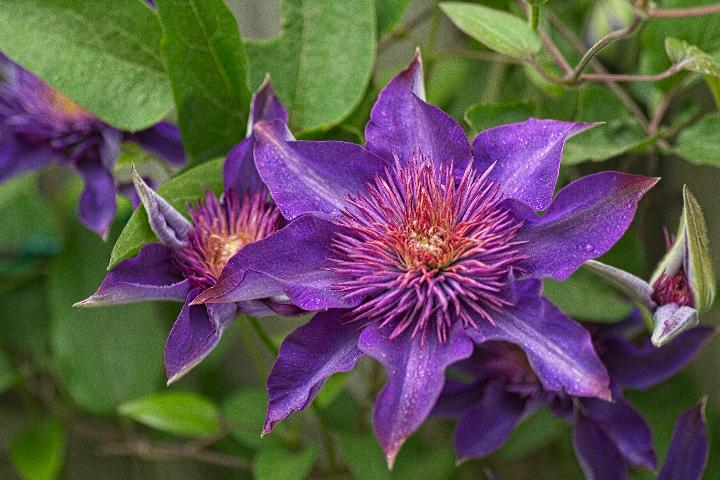
6.Issues
Although clematis plants are generally hardy and resilient, they can encounter some common problems that can affect their health and appearance. A common problem is clematis wilt. This is a fungal disease that causes the stems to suddenly wilt and turn brown. To alleviate this, prune and remove affected areas promptly and provide good air circulation around the plant. Too much water or poorly drained soil can cause root rot, a condition that manifests as yellowing and overall decline of the leaves. To prevent this, maintain good soil and water drainage, but avoid flooding. Aphids and spider mites are pests that can affect clematis and cause stunted growth
What are the Benefits of Clematis Plants ?
Clematis are valued primarily for their decorative appeal, bringing bright color and lush greenery to gardens, but they also have some indirect benefits. In addition, the dense foliage provides shade and helps cool the area. Beyond the visual and structural benefits, growing clematis improves overall biodiversity in your garden by attracting pollinators like bees and butterflies with their nectar-rich flowers.
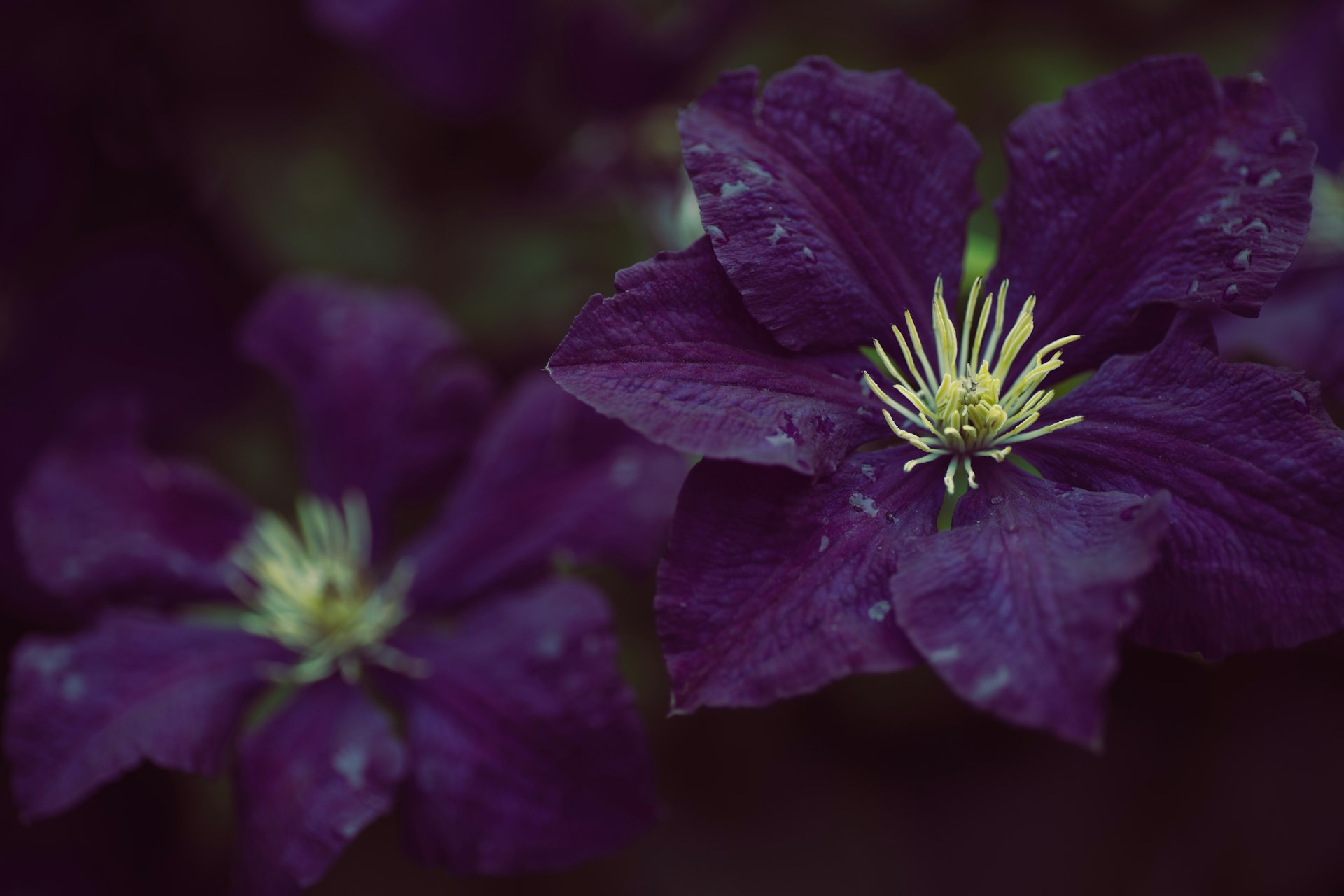
FAQs About Growing Clematis
1. When is the best time to plant Clematis?
The best time to plant Clematis is in early spring or fall when the soil is cool and moist. This allows the plant to establish its roots before the stress of summer heat or winter cold.
2. How do I support Clematis as it grows?
Provide sturdy support such as a trellis, arbor, or fence. Ensure the support is in place at the time of planting, and gently guide the Clematis as it grows.
3. How often should I water Clematis?
Keep the soil consistently moist, especially during dry spells. However, avoid waterlogging, as Clematis prefers well-draining soil.
4. Why is my Clematis not flowering?
Clematis may not flower due to factors such as insufficient sunlight, improper pruning, or choosing a variety not suited to your climate. Ensure proper care, and choose a variety compatible with your growing conditions.
5. How do I prune Clematis?
Pruning requirements depend on the Clematis group. Group 1 (spring bloomers) is pruned after flowering, Group 2 (large-flowered hybrids) in late winter or early spring, and Group 3 (late bloomers) also in late winter or early spring.
